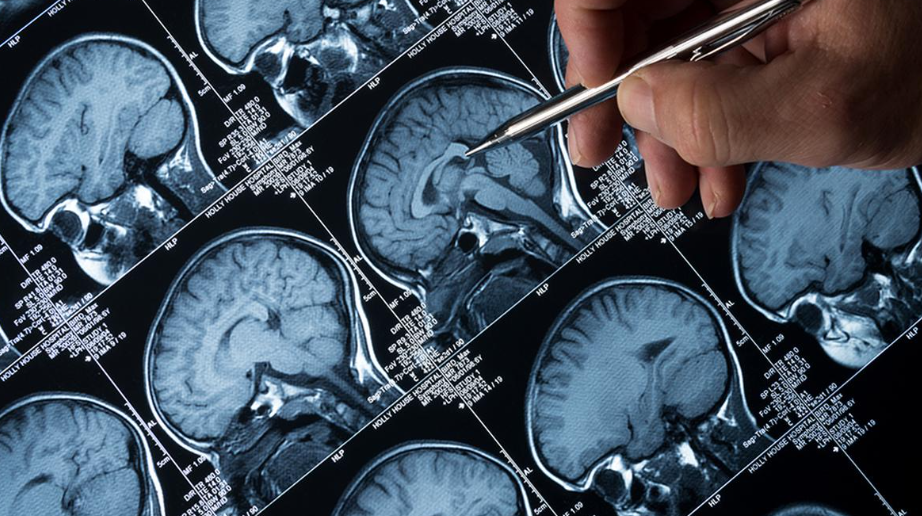
Whatsapp 93125-11015 For Details


Introduction:
MRI in Medical Diagnosis:
1. Non-Invasive Imaging: MRI obtains images of soft tissues without invasive procedures, aiding in diagnosing various conditions.
2. Wide Applications: It is used to image the brain, cardiovascular system, joints, muscles, liver, arteries, and more.
3. Medical Importance: MRI plays a crucial role in cancer diagnosis, tracking neurological conditions, and understanding brain activity.
Working Principle:
1. Hydrogen Atoms: MRI utilizes hydrogen atoms abundant in water and fat, which are present in the body's soft tissues.
2. Magnetic Field: A powerful superconducting magnet in the MRI machine generates a stable magnetic field around the body.
3. Radiofrequency Pulse: A device emits a radiofrequency pulse at the area being scanned, exciting the hydrogen atoms.
4. Emission Detection: A detector receives emissions from the excited atoms, which are converted into signals for image reconstruction.
Pros of MRI:
1. High Precision: MRI scans can image small portions of the body with high precision, owing to gradient magnets and specific pulse sequences.
2. Tissue Differentiation: Different tissues exhibit varying relaxation times (T1), allowing MRI to differentiate them and enhance visibility.
3. Contrast Agents: Contrast agents improve tissue visibility by altering relaxation times, aiding in diagnosis.
Cons of MRI:
1. Cost: MRI machines are expensive to procure and maintain, adding to healthcare expenses.
2. Discomfort: Patients must remain still for extended periods during scans, which can be uncomfortable, especially for claustrophobic individuals.
3. Noise: MRI machines produce loud noises during operation, further discomforting patients.
Way Forward:
1. Safety Assurance: Extensive research confirms the safety of MRI scans, with no long-term harm to scanned tissues.
2. Pregnancy Concerns: While MRI safety is established, more research is needed on its effects during pregnancy to ensure safety.
Conclusion